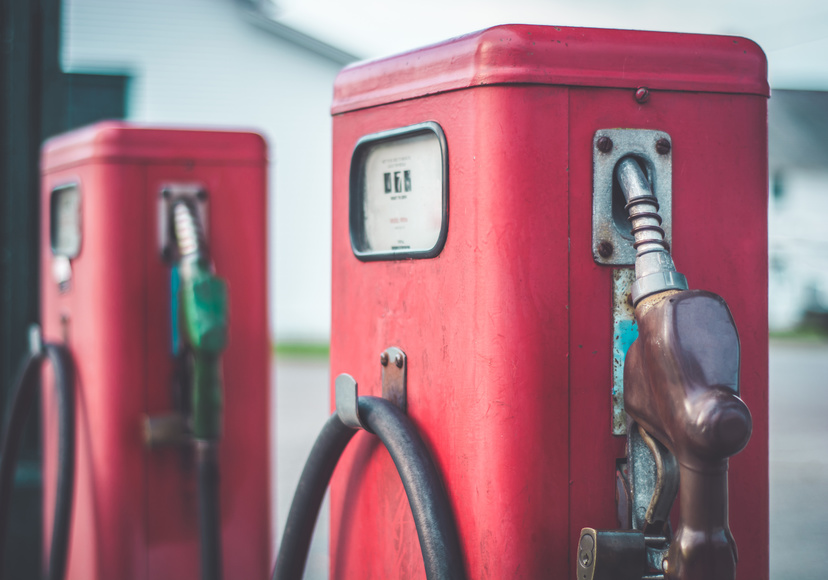 As the industrial real estate market continues to boom in New Jersey, the availability of large tracts of land on which to build industrial buildings, including large warehouse buildings in advantageous locations, appears to be shrinking. As a result, we have noticed a trend where buyers are now considering the purchase of properties with unresolved environmental issues that they never would have considered in the past due to internal risk management protocols and pressure from their lenders.
As the industrial real estate market continues to boom in New Jersey, the availability of large tracts of land on which to build industrial buildings, including large warehouse buildings in advantageous locations, appears to be shrinking. As a result, we have noticed a trend where buyers are now considering the purchase of properties with unresolved environmental issues that they never would have considered in the past due to internal risk management protocols and pressure from their lenders.
 Evaluating and addressing the risks associated with a property that is part of (or near) a federal or state Superfund site, a former municipal landfill, or a former gas station or drycleaner site - and has not yet been remediated - can be a daunting process.
Evaluating and addressing the risks associated with a property that is part of (or near) a federal or state Superfund site, a former municipal landfill, or a former gas station or drycleaner site - and has not yet been remediated - can be a daunting process.
While each property will have its own unique issues and set of challenges, here is a sampling of the types of risk management tools that can be utilized in connection with assessing the viability of such an acquisition.
- Conduct aggressive due diligence. This includes a review of environmental documents, as well as the hiring of a reputable environmental consulting company to perform a thorough review of the property (including a Phase I/Preliminary Assessment Report and possibly a Phase II investigation). Even if the seller of the property has performed or is currently performing its own investigation or remediation of the property, the buyer needs to perform its own due diligence for any number of reasons. These include taking advantage of available statutory innocent purchaser protections and obtaining an independent evaluation as to the environmental status of the property.
- Use the purchase and sale agreement as a mechanism to allocate environmental risks, including representations and warranties, escrows, releases, indemnities and potentially the retention of environmental liabilities by the seller, or more often the assumption of environmental responsibilities by the buyer.
- Explore the possibility of hiring a company to perform a "guaranteed fixed price remediation" in connection with the project. This may assist the buyer in getting its "arms" around the potential costs of remediation. Keep in mind, however, that this type of remediation includes not only the estimated cost to perform the remediation, but also additional costs for the risks that the contractor is assuming when it provides a guaranteed fixed price.
- Purchase an environmental liability insurance policy. These policies have several different types of coverage that might be available in connection with the purchase of a contaminated property. These include: bodily injury and property damage coverage for pre-existing and new pollution conditions; cleanup cost coverage for unknown pre-existing pollution conditions and, in certain circumstances, known pre-existing pollution conditions, as well as cleanup cost coverage for new pollution conditions; coverage for off-site transportation and disposal of pollution conditions; defense cost coverage; and business interruption coverage. Policies generally offer policy limits of up to $25,000,000 (although more may be available), deductibles of $25,000 and up, and terms of 1-10 years (but usually not more than 5 years for new pollution conditions). This market is very robust and an insured may be able to negotiate creative coverage to help address the unique risks associated with the transaction. There are also two insurance companies that now offer cleanup cost cap coverage in limited circumstances.
While there are certainly risks associated with purchasing a contaminated property, by utilizing environmental risk management tools such as those described above, a buyer may gain sufficient comfort to move forward with the purchase.
